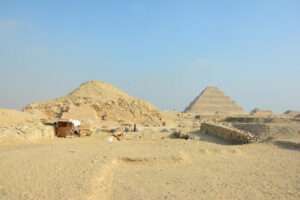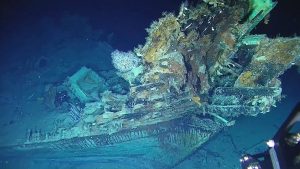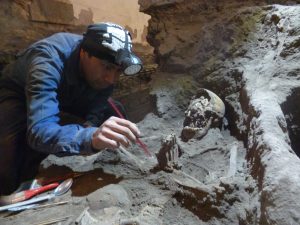This is the moment in history when the brutal ancient past of Mexico’s Mayan people is seen again for the first time in more than a thousand years.
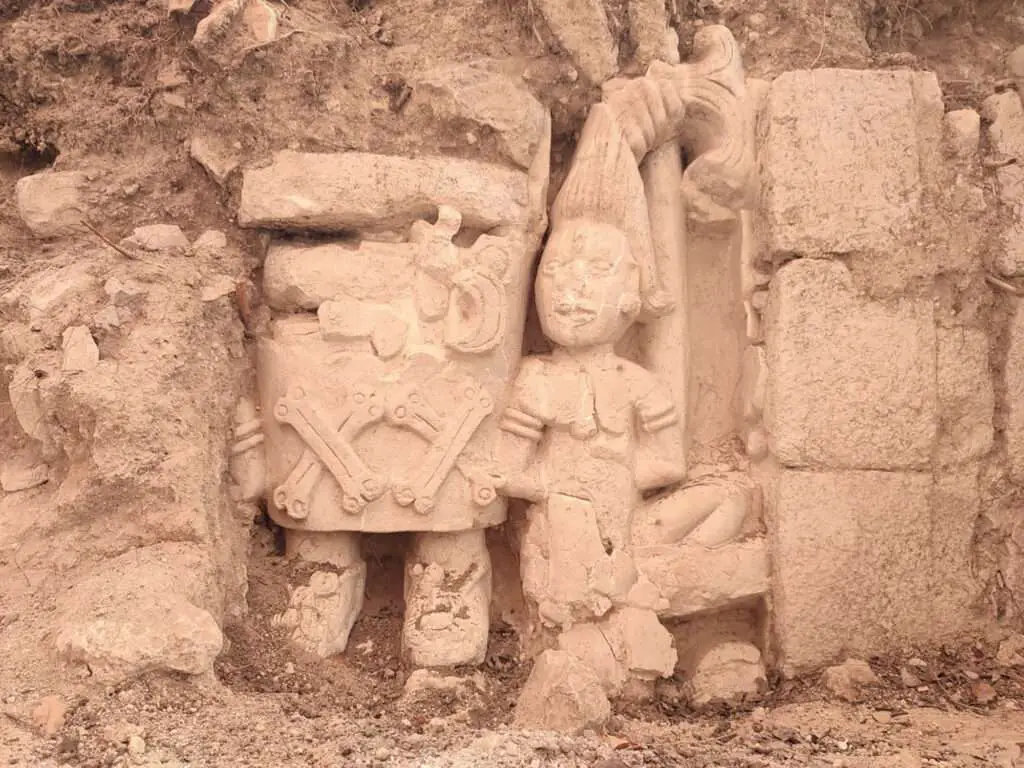
The sculpture was unearthed during preservation work at the Yucatec-Maya archaeological site of Ek’ Balam.
Discovered on the upper part of the Ek’ Balam Acropolis in Temozon Municipality, Yucatan State, it is a stark example of the civilisation’s power.
Experts believe it shows a ruler wearing a skirt or robe with crossed bones holding a male captive by the hair.
The artwork could be a powerful display of Mayan ritual executions, where kings were believed to be able to talk to the dead through shedding blood.
The stucco sculpture shows the captive with his arms apparently tied behind his back and his neck stretched tight as his captor pulls him up by his hair.
His captor is shown as a huge figure with crossed bones and what seems to be a crescent moon on his clothing.
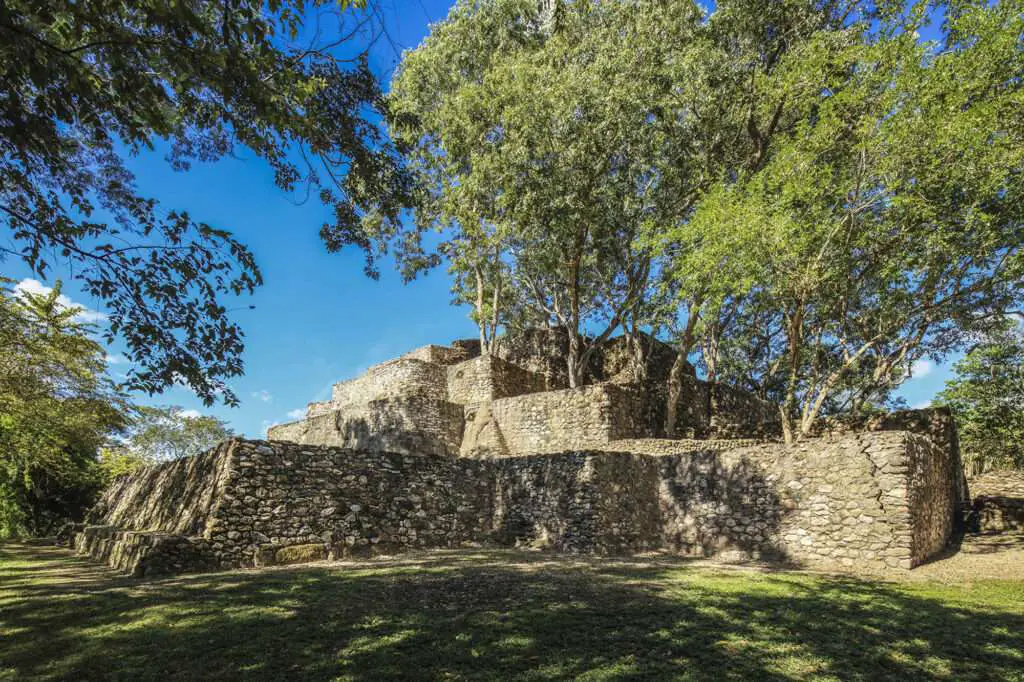
Both were Mayan symbols of sacrifice and the supernatural.
The scene was discovered as part of Mexico’s Archaeological Zones Improvement Programme (PROMEZA).
The General Director of the National Institute of Anthropology and History (INAH), Diego Prieto Hernandez, said that the scene “depicts a ruler, who wears a skirt decorated with crossed bones, grabbing a male character by the hair.”
Ek’ Balam was a Mayan city that reached its peak during the Late/Terminal Classic (600-850/900 AD) and which was possibly the seat of the kingdom of Tlalol.
The first known king of Ek’ Balam was Ukit Kan Le’t Tok, who built most of the palace, now known as the Acropolis, as well as other structures.
It was a rich capital, with a population of 12,000 to 18,000 inhabitants in its main nucleus.
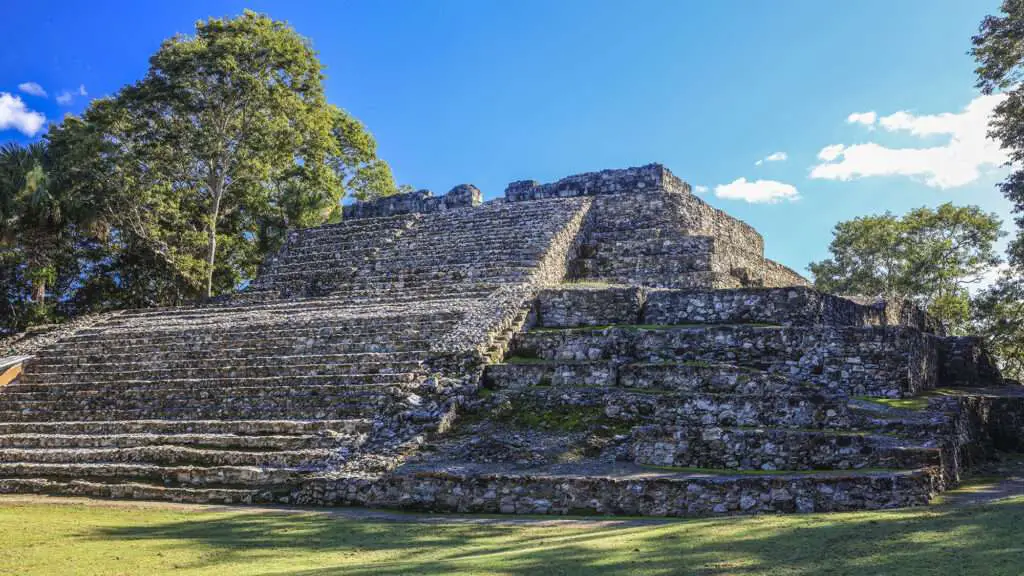
It has 45 structures and is surrounded by two concentric stone walls – for defensive purposes – and another one that joins the central buildings.
Architectural conservation is ongoing in some 20 ancient Mayan cities in Mexico as part of PROMEZA.

